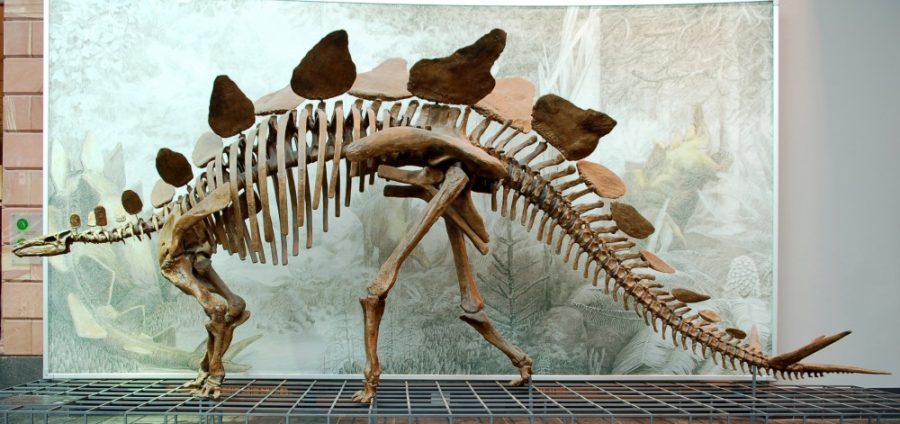In the science world, last week was one for the books. Alongside some groundbreaking discoveries in astronomy, new dinosaur tracks were found in Australia and researchers developed a way to control turtles using the human mind.
1. Mind-controlled turtles
The Korea Advanced Institute of Science and Technology is giving the “Teenage Mutant Ninja Turtles” a run for its money. Researchers at the Institute have created a new technology that will allow human thought to control the movement of turtles.
This technology combines a head-mounted display on the turtle with an interface that translates directions from the human brain to a computer system on the turtle.
In order to accurately direct the turtle, a camera is mounted on its shell, which relays images back to the human participant. The human can then send the animal signals such as “left,” “right” and “idle” in the form of electroencephalography waves. These signals are sent via Wi-Fi to a noninvasive stimulation device on the turtle, which controls the amount of white light the turtle can see by angling a black visual obstacle in front of the turtle’s head.
Turtles make a good match for this experiment because of their unique ability to recognize and follow white light and their predictable escape behaviors.
While this technology is still in the early stages of experimenting and development, it holds exciting promise for the future of robotics and human-animal interaction.
RELATED: NASA reveals nearby planets that could support life
2. Black hole gets the boot
If you’ve ever been kicked out of your house, then you can probably sympathize with black hole 3C 186.
Astronomers at the Space Telescope Institute—headquarters for the Hubble Space Telescope—hypothesize that this black hole, which weighs more than 1 billion suns, may be the largest black hole to ever be thrown out of its own galaxy.
The Hubble Space Telescope discovered the black hole’s quasar, dubbed 3C 186, 8 billion light years from Earth. A quasar is the only visible indicator of a black hole, which is otherwise unobservable.
Astronomers believe the black hole may have been thrown out due to a massive collision of black holes within the center of its galaxy. The amount of energy required to expel the black hole would be the equivalent of 100 million supernovas exploding.
3. Thaw trouble
Arctic sea ice is at a record low, according to an announcement by scientists at NASA last week.
This is the third year in a row for record-breaking lows, with this year being the lowest since scientists began recording the ice levels in 1979. Thinning and shrinking sea ice could negatively impact pollution levels and the lives of affected sea animals.
RELATED: Climate change a focus at science diplomacy summit
4. Jur-Aussie Park
On a remote beach in Australia, paleontologists have discovered what may have been a dinosaurs’ old playground. Twenty-one varieties of dinosaur footprints have been found, making this discovery one of the most diverse of its kind.
The footprints were discovered in Western Australia, and some date up to 140 million years old.
Along with discovering some of the largest dinosaur tracks ever observed, paleontologists found another exciting surprise: evidence of spike-tailed stegosaur dinosaurs, a first for Australia.
The tracks came from four main groups of dinosaurs, including armored, predatory, and long-necked and two-legged herbivorous dinosaurs.
5. Purest brown dwarf celestial body discovered
Mirror, mirror, on the wall, who’s the purest brown dwarf of them all? Apparently, it’s SDSS J0104+1535, though that doesn’t exactly have the same ring to it as ‘Grumpy’ or ‘Dopey’.
A brown dwarf is the middle child in the celestial family, too small to produce the nuclear fusion of hydrogen to helium which would qualify it as a star, but too massive to be classified as a planet.
A recently observed brown dwarf planet in the distant constellation of Pisces has the highest mass and purest composition of any dwarf planet ever discovered. The planet, which is made up of 99.99% hydrogen and helium, is believed to be 250 times purer than the sun.
Scientists hypothesize the brown dwarf has a mass 90 times that of Jupiter, which would make it the most massive brown dwarf ever discovered.
This discovery also leads astronomers to believe there might be more brown dwarfs out there similar to this one, as it was previously thought such objects could not form from such high levels of primordial gases such as helium and hydrogen.
Follow Hannah Dahl on Twitter.









